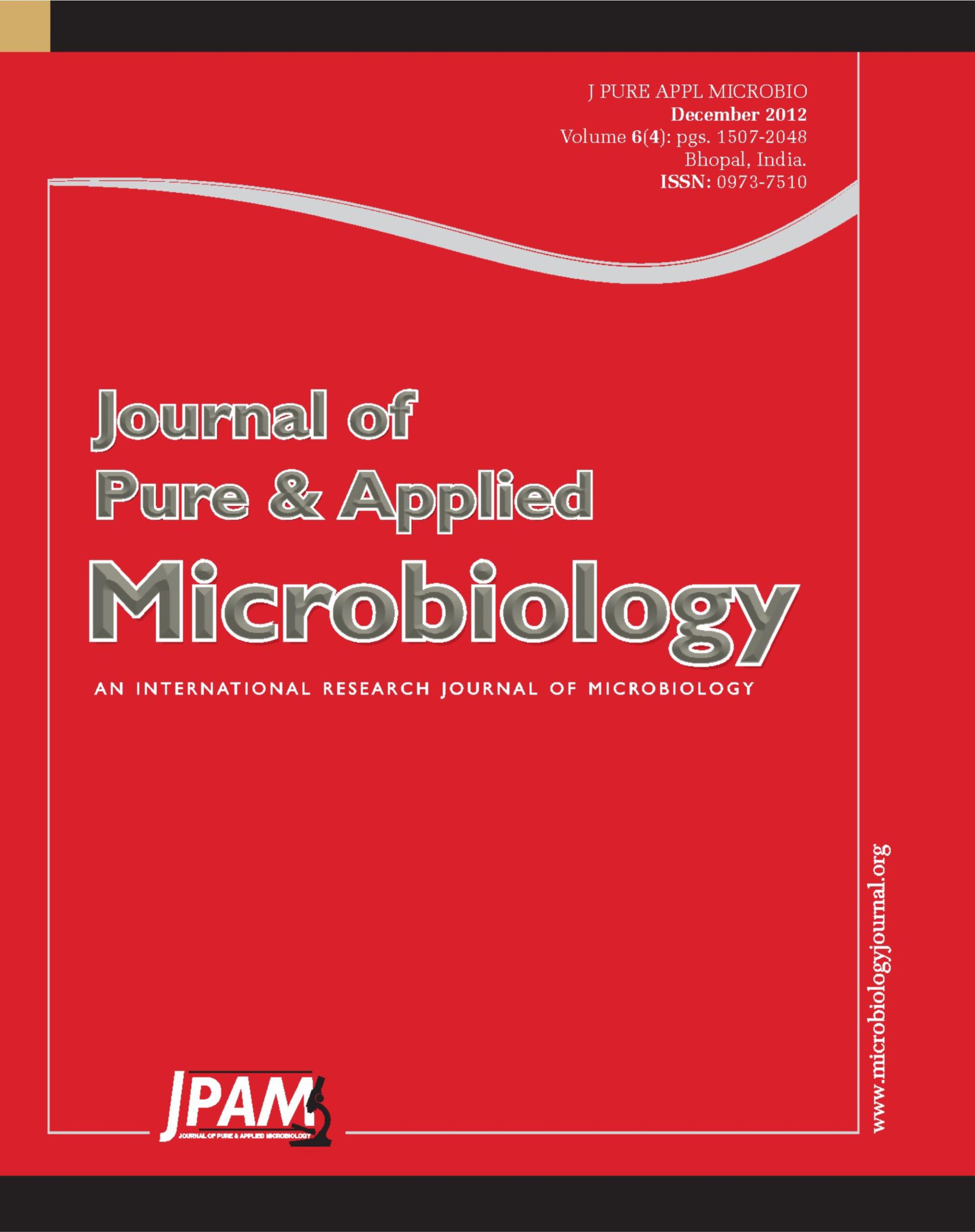This work presents a sequential approximate optimization method to achieve accurate and efficient optimization of bacteriocin production by Lactobacillus strain, ZJ317. Initially, a Plackett–Burman design study and a determination of the path of steepest ascent were effective in identifying the most significant factors and approaching the optimum region of the response. Response surface methodology (RSM) was then applied to evaluate the effects of different variables on bacteriocin production. The experimental results were fitted to a second–order polynomial model equation. The optimal values of each variable to achieve the theoretical maximum of bacteriocin activity (1742.77 U/ml) were predicted to be 2.0% (w/v) glucose, 1.02% (w/v) yeast extract and 2.06% (w/v) inoculum volume. The observed experimental value of bacteriocin activity under the predicted optimal conditions was 1883.61 U/ml compared to a pre–optimization value of 1037.19 U/ml, thus showing a marked improvement in the efficiency of bacteriocin production.
Lactobacillus ZJ317, Plackett–Burman design, Response surface analysis, Bacteriocins, Optimization, Fermentation
© The Author(s) 2012. Open Access. This article is distributed under the terms of the Creative Commons Attribution 4.0 International License which permits unrestricted use, sharing, distribution, and reproduction in any medium, provided you give appropriate credit to the original author(s) and the source, provide a link to the Creative Commons license, and indicate if changes were made.


